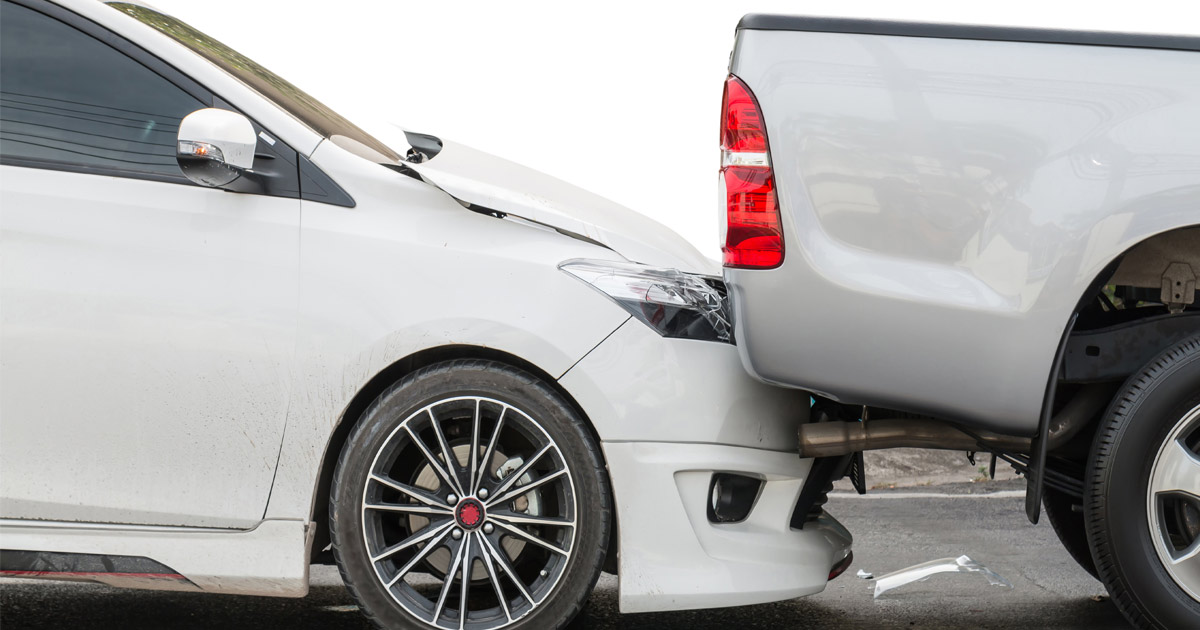Understanding Liability in Rear-End Car Accidents
February 10, 2020
Rear-end accidents are the most common type of car accident, according to the National Highway Traffic Safety Administration (NHTSA). This is likely because so many drivers are distracted by their phones, GPS units, and other electronic devices. When a driver’s attention is not on the road ahead, they are more likely to rear-end a vehicle that is in front of them. In most cases, the person who rear-ends the other vehicle is going to be liable for the accident. However, there are some exceptions to the rule. If you are involved in a rear-end accident, an experienced car accident lawyer will review your case and recommend the best legal course of action.
All drivers are expected to follow the rules of the road. This includes leaving a safe distance between you and the car in front of you in case the vehicle you are following slams on the breaks or comes to an unexpected stop. While uncommon, there are times when the driver of the car that is rear-ended may be considered at fault for causing the accident, including the following examples:
- The driver stops or reverses suddenly
- The driver slams on the brakes
- The vehicle’s brake lights are not working
- The driver fails to pull over or turn on the hazard lights after an emergency
Collecting Compensation After a Rear-End Accident
In most cases, the process of collecting compensation for property damage following a rear-end accident is straightforward. The insurance company will compensate the victim for any damage to the vehicle. However, if there were injuries involved, obtaining compensation can be more complicated. This is because the most common injuries associated with rear-end accidents is whiplash, which can be very difficult to prove and quantify. Unfortunately, once people became aware of this, drivers may exaggerate their symptoms to collect compensation. Insurance companies are now skeptical of whiplash injuries because of the negative connotations associated with it.
Chain Reaction Accidents
A chain reaction accident is essentially a rear-end accident in which the force of the initial collision causes the car that was hit to crash into the car in front of it, resulting in a chain reaction. To collect compensation, the victim must prove which driver was negligent. Unlike rear-end accidents where one driver is generally liable, more than one driver can be negligent for a chain reaction accident. The following will provide valuable information about the accident and help prove who was at fault:
- Eyewitness testimonies
- Police report
- Vehicle damage
- Other evidence, including pictures of the accident scene, skid marks, and vehicle debris
Baltimore Car Accident Lawyers at LeViness, Tolzman & Hamilton Represent Victims of Rear-End Accidents
If you were injured in a rear-end car accident, contact the Baltimore car accident lawyers at LeViness, Tolzman & Hamilton as soon as possible. We will walk you through the claims process and ensure that you receive the maximum financial compensation you deserve for your injuries. To schedule a free consultation, call us today at 800-547-4LAW (4529) or contact us online.
Our offices are located in Baltimore, Columbia, Glen Burnie, and Prince George’s County, allowing us to represent car accident victims in Maryland, including those in Anne Arundel County, Baltimore County, Carroll County, Harford County, Howard County, Montgomery County, Maryland’s Western Counties, Prince George’s County, Queen Anne’s County, Southern Maryland, and the Eastern Shore, as well as the communities of Catonsville, Essex, Halethorpe, Middle River, Rosedale, Gwynn Oak, Brooklandville, Dundalk, Pikesville, Nottingham, Windsor Mill, Lutherville, Timonium, Sparrows Point, Ridgewood, and Elkridge.






